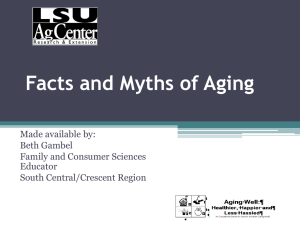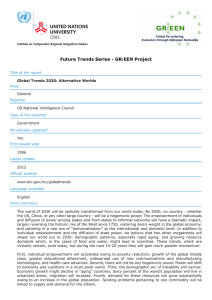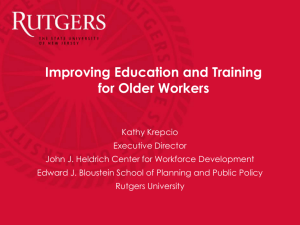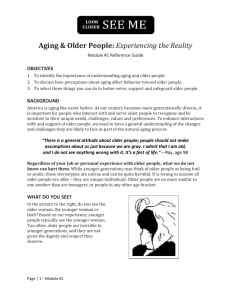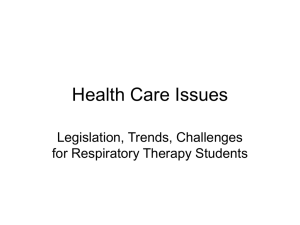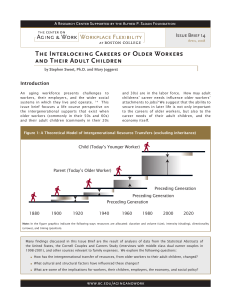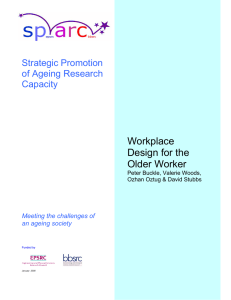From the Administration on Aging: Profile of Older Americans
advertisement
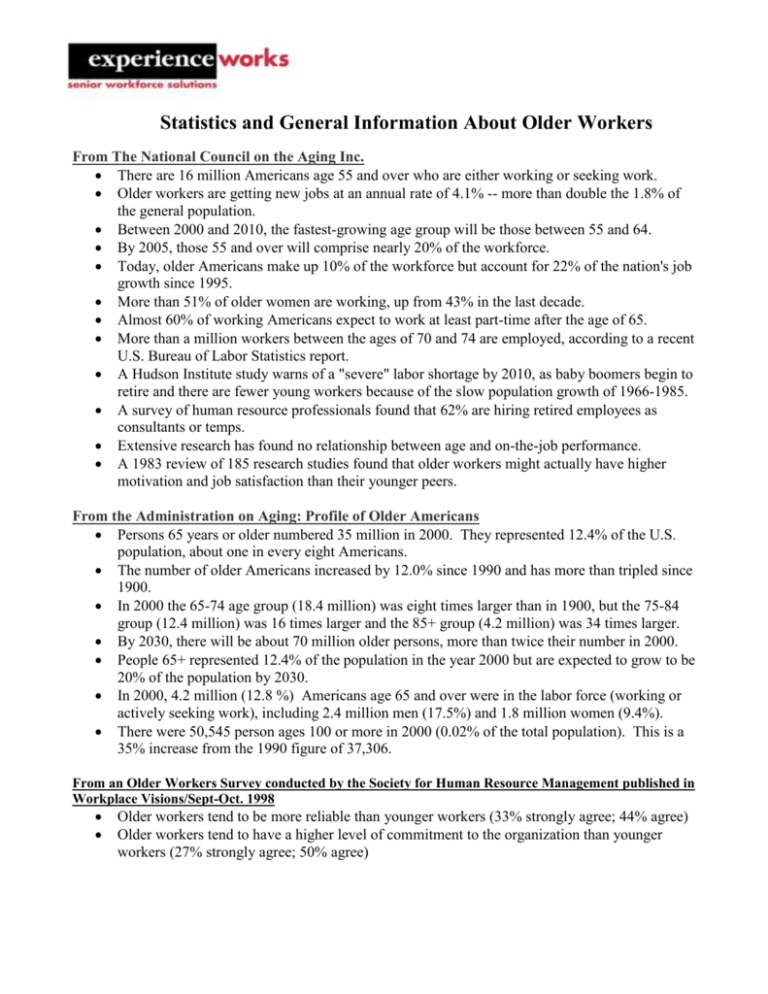
Statistics and General Information About Older Workers From The National Council on the Aging Inc. There are 16 million Americans age 55 and over who are either working or seeking work. Older workers are getting new jobs at an annual rate of 4.1% -- more than double the 1.8% of the general population. Between 2000 and 2010, the fastest-growing age group will be those between 55 and 64. By 2005, those 55 and over will comprise nearly 20% of the workforce. Today, older Americans make up 10% of the workforce but account for 22% of the nation's job growth since 1995. More than 51% of older women are working, up from 43% in the last decade. Almost 60% of working Americans expect to work at least part-time after the age of 65. More than a million workers between the ages of 70 and 74 are employed, according to a recent U.S. Bureau of Labor Statistics report. A Hudson Institute study warns of a "severe" labor shortage by 2010, as baby boomers begin to retire and there are fewer young workers because of the slow population growth of 1966-1985. A survey of human resource professionals found that 62% are hiring retired employees as consultants or temps. Extensive research has found no relationship between age and on-the-job performance. A 1983 review of 185 research studies found that older workers might actually have higher motivation and job satisfaction than their younger peers. From the Administration on Aging: Profile of Older Americans Persons 65 years or older numbered 35 million in 2000. They represented 12.4% of the U.S. population, about one in every eight Americans. The number of older Americans increased by 12.0% since 1990 and has more than tripled since 1900. In 2000 the 65-74 age group (18.4 million) was eight times larger than in 1900, but the 75-84 group (12.4 million) was 16 times larger and the 85+ group (4.2 million) was 34 times larger. By 2030, there will be about 70 million older persons, more than twice their number in 2000. People 65+ represented 12.4% of the population in the year 2000 but are expected to grow to be 20% of the population by 2030. In 2000, 4.2 million (12.8 %) Americans age 65 and over were in the labor force (working or actively seeking work), including 2.4 million men (17.5%) and 1.8 million women (9.4%). There were 50,545 person ages 100 or more in 2000 (0.02% of the total population). This is a 35% increase from the 1990 figure of 37,306. From an Older Workers Survey conducted by the Society for Human Resource Management published in Workplace Visions/Sept-Oct. 1998 Older workers tend to be more reliable than younger workers (33% strongly agree; 44% agree) Older workers tend to have a higher level of commitment to the organization than younger workers (27% strongly agree; 50% agree)
